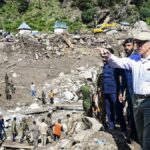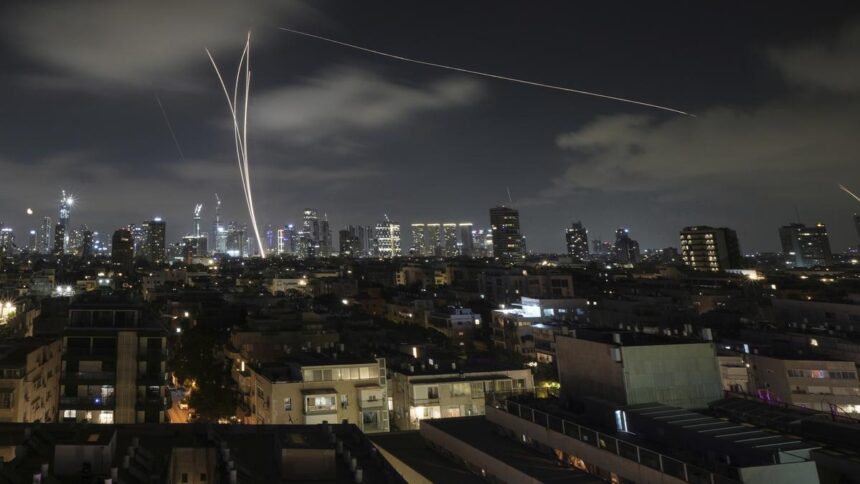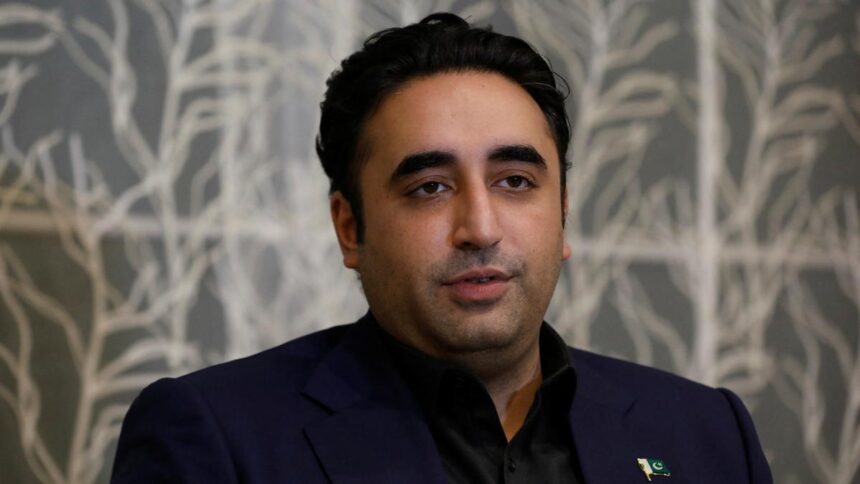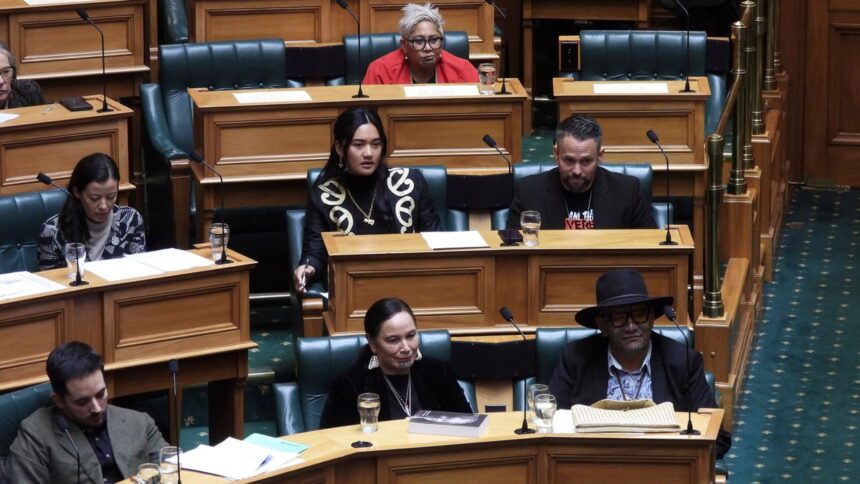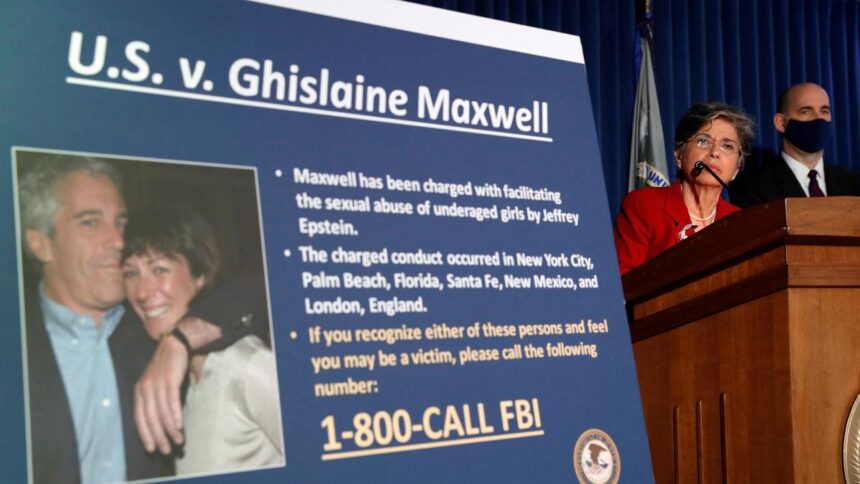
U.S. President Donald Trump and Russian President Vladimir Putin walk to a joint news conference following their meeting at Joint Base Elmendorf-Richardson in Anchorage, Alaska, U.S., on August 15, 2025.
| Photo Credit: Reuters
Before he met Russian President Vladimir Putin in Alaska on August 15, U.S. President Donald Trump warned there would be “very serious consequences” if Russia did not end the Ukraine war. “I won’t be happy if I walk away without some form of ceasefire,” Mr. Trump said ahead of the summit. He offered Mr. Putin a warm welcome on the tarmac of the Elmendorf-Richardson joint military base in Anchorage, rolling out a red carpet as a B2 bomber, escorted by F-35 fighters, thundered over them. F-22 fifth gen stealth fighters on the ground formed a guard of honour. “Good afternoon, dear neighbour,” Mr. Putin said while greeting Mr. Trump. Alaska, a former Russian territory sold to the U.S. by imperial Russia in 1867 lies just few kilometres across the Bering Strait from Russia It was Mr. Putin’s first visit to American soil in a decade, and the first face-to-face meeting between the Russian leader and an American President since Russia’s invasion of Ukraine began on February 24, 2022.
‘Fantastic relationship’
After nearly three hours of talks, Mr. Trump left for Washington without announcing any major breakthrough. “There’s no deal until there’s a deal,” he said. Mr. Trump said they agreed on “many points” without offering any details. Mr. Putin repeated his standard line that the “root causes” of the conflict should be addressed — a euphemism for Russia’s core demands. Mr. Trump’s warm interaction with Mr. Putin stood in sharp contrast to the treatment he gave to Ukraine’s leader Volodymyr Zelenskyy at the White House in February. “I have a fantastic relationship with Vladimir,” said Mr. Trump, signalling that the two leaders would continue their face-to-face diplomacy. “Next time in Moscow,” said Mr. Putin, in English, when their brief joint media appearance came to an end. “Oooh, that’s an interesting one,” responded Mr. Trump, adding: “I don’t know, I’ll get a little heat on that one. But I could see it possibly happening.”

After a summit, in an interview with Fox News, Mr. Trump seemed to pass the ball to Mr. Zelenskyy on ending the war. “Now it’s really up to President Zelenskyy to get it done. And I would also say the European nations, they have to get involved a little bit, but it’s up to President Zelenskyy”. When he was asked by Sean Hannity, the Fox news host, whether the U.S. would impose more sanctions on Russia, Mr. Trump said: “Well, because the meeting went so well, we don’t have to think about that now.”
From ceasefire to peace deal
It’s possible that Mr. Trump and Mr. Putin discussed some broad framework for a peace agreement, which the former wanted to present to Ukraine and Europe. Mr. Trump held long talks with Mr. Zelenskyy, European leaders as well as the NATO chief after his Putin talks. In a social media post, after all the talks, Mr. Trump said, “It was determined by all that the best way to end the horrific war between Russia and Ukraine is to go directly to a Peace Agreement, which would end the war, and not a mere Ceasefire Agreement, which often times do not hold up”. He also said Mr. Zelenkyy would come to Washington on Monday for further talks—which the Ukrainians have confirmed.
Mr. Trump’s call for a peace agreement marks a climbdown from his earlier demand for an immediate ceasefire—a position he had repeated even hours before meeting the Russian leader. The Russians, on the other side, have long maintained that they were willing to end the war only through a comprehensive peace deal. So it appears that Mr. Trump, after the Alaska talks, has shifted from pushing for a ceasefire to endorsing a peace agreement.
This doesn’t mean that an agreement is within reach. Moscow has clearly laid out its core demands for a peace agreement. First, Ukraine must remain a neutral country (meaning, no NATO membership and no NATO troops stationed on its territory); second, the five oblasts that Russia has annexed (Crimea, Donetsk, Luhansk, Zaporizhzhia and Kherson) must be formally recognised as part of the Russian Federation, and Western sanctions be lifted; third, Ukraine must be demilitarised. Ukraine, despite the battlefield setbacks, says it won’t cede territory for peace. Europe fears that recognising a Russian victory would leave a stronger Moscow on their doorsteps, deepening their security challenges.
The Alaska summit could open a new era of engagement between Washington and Moscow after decades of hostility and mutual mistrust. But it is unclear how Mr. Trump would sell a peace agreement based on Russia’s core demands to the Ukrainians and Europeans. Russia, which has made dramatic territorial gains in eastern Ukraine in recent days, faces no real pressure on the battlefield to make concessions.
Published – August 16, 2025 04:12 pm IST








